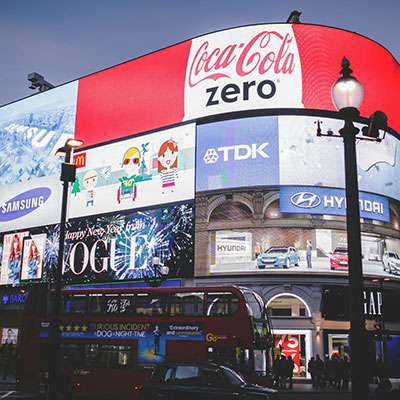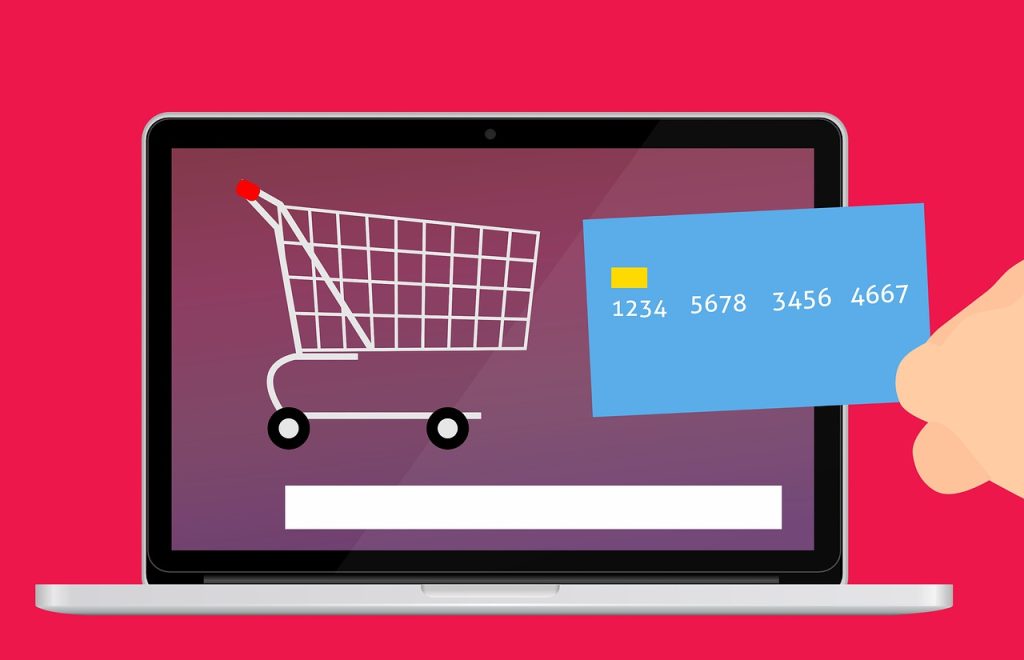The e-commerce industry has grown rapidly over the past few years, and it continues to do so, largely due to the advancements in technology. Every year, new trends emerge in the e-commerce industry, making it vital for businesses to stay up-to-date with industry developments. In 2023, here are some e-commerce trends to look out for:
- Voice Commerce
With the growing demand for virtual assistants like Alexa, Google home, and Siri, voice commerce is expected to rise in 2023. Voice commerce refers to the use of voice commands to order products or services. In the coming years, businesses must optimize their websites and mobile apps to support voice commands.
- Mobile Commerce
Mobile commerce has been on the rise, and it is expected to go up even more in the next few years. In 2023, people will continue to use their mobile devices for online shopping, and businesses must ensure that their e-commerce platforms are mobile-friendly. Mobile commerce optimization includes features like mobile-friendly checkout, responsive website design, and mobile applications.
- Augmented Reality
Augmented reality (AR) technology has gained popularity in many industries, including e-commerce. In the coming years, expect to see more e-commerce businesses integrating AR technology into their platforms. By using AR technology, customers can have a better look at products before purchase, making it easier for customers to make informed buying decisions.
- Subscription Models
Subscription models are gaining popularity across different industries, and we expect to see them become more common in e-commerce businesses in 2023. Subscription models allow businesses to offer products or services to customers on a recurring basis. For example, a subscription-based e-commerce business can send coffee to customers every month, making it highly convenient. Subscription models help businesses build a loyal customer base, which is beneficial for long-term growth.
- Hyper-Personalization
Hyper-personalization is an e-commerce trend that is expected to take center stage in 2023. Personalization involves providing customers with personalized product recommendations based on their interests and buying behaviors. Hyper-personalization involves taking personalization to the next level, providing customers with highly focused and tailored recommendations based on a customer’s unique context, real-time data, and behavior.



I don’t think the title of your article matches the content lol. Just kidding, mainly because I had some doubts after reading the article.
Can you be more specific about the content of your article? After reading it, I still have some doubts. Hope you can help me.